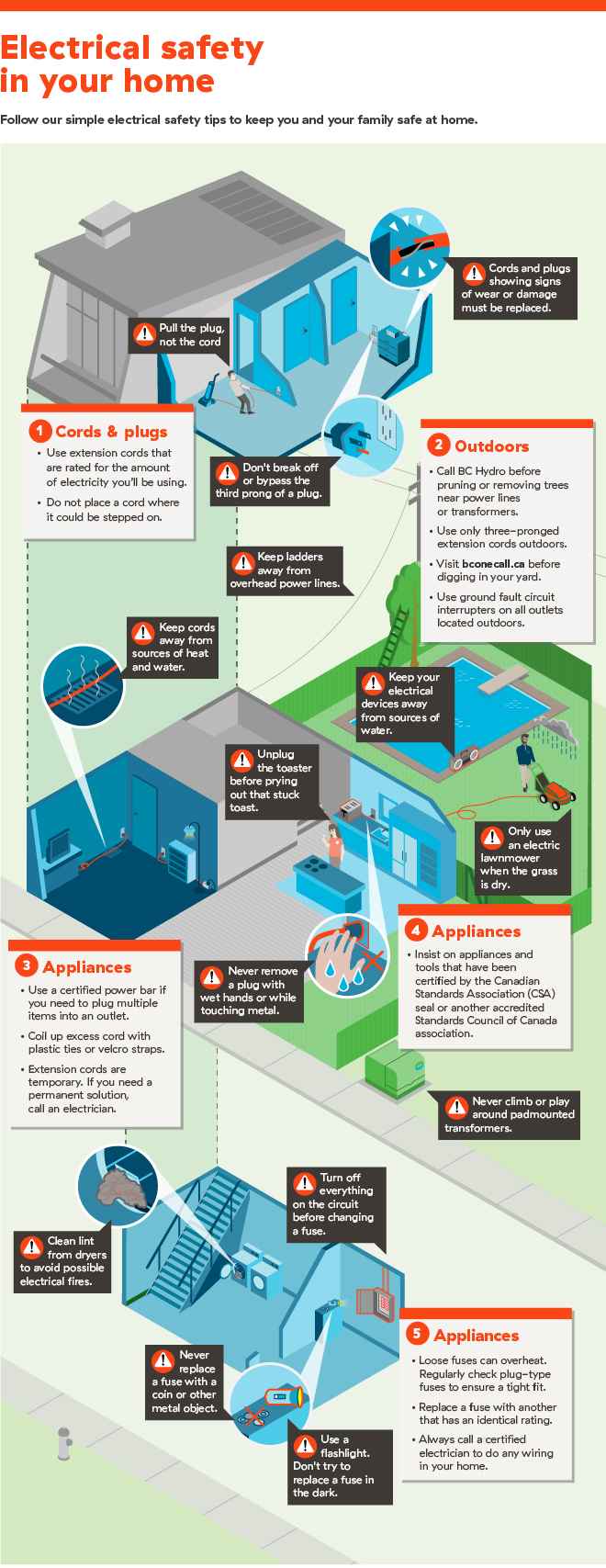Ideas That Suggest Tree Elimination: Exactly How To Area Hazardous Trees
Ideas That Suggest Tree Elimination: Exactly How To Area Hazardous Trees
Blog Article
Author-Harrell Enemark
When it concerns tree treatment, identifying the indications that it's time for removal is necessary for your security and property. You may see tarnished fallen leaves, wilting branches, or strange fungal growths indicating health problems. Tree Stump Removal Service , like a substantial lean or fractures in the trunk, can also pose threats. Recognizing these indication can help you make informed decisions concerning your trees and stop prospective threats prowling in your backyard. What should you look for next?
Signs of Decay and Condition
When you observe indications of degeneration and condition in your trees, it's vital to act quickly. Look for stained leaves, wilting branches, or uncommon growths like fungus. When Is The Best Time To Prune Fig Trees can show that your tree is having a hard time.
If you see fractures in the bark or soft, mushy wood, these signs suggest interior decay. Furthermore, an abrupt increase in insects around your tree can indicate that it's deteriorated and prone.
Look for any type of dead or dying limbs, as they present a threat to your building and safety and security. If you doubt about what you see, speaking with an arborist can supply quality.
Attending to these indications early can save you from much more extensive damages and make sure the health of your lawn. Do not wait until https://raymondoidxr.blog2freedom.com/35282199/the-total-overview-to-stump-grinding-methods-benefits-and-expenses 's far too late.
Structural Instability and Leaning
As you observe your trees, watch out for any type of indications of structural instability or leaning. If a tree leans dramatically, it might indicate that the root system is compromised.
Seek any type of fractures in the trunk or soil around the base; these can signify prospective failure. In addition, check for unusual growth patterns, like an uneven crown, which may suggest that the tree is battling to hold itself upright.
If you observe that the tree favors your home, high-voltage line, or other frameworks, it positions a higher threat. Do not overlook these indicators-- seek advice from an arborist to evaluate the situation.
Acting early can avoid pricey damage and ensure your safety.
Dead or Perishing Branches and Foliage
If you discover dead or passing away branches and foliage on your tree, it's a clear indicator that something's incorrect.
These undesirable areas can show underlying concerns like condition, insect problems, or environmental anxiety. When branches lose their fallen leaves or transform brownish, they're no longer adding to the tree's health. Overlooking these signs can result in more decline, making your tree more hazardous.
Dead branches can quickly break off throughout storms, posturing a risk to building and people close by. It's essential to analyze the extent of the damage.
If the problem influences a substantial part of the tree, think about speaking with a specialist. They can help determine if removal is needed to make certain safety and security and preserve the beauty of your landscape.
Conclusion
If you notice any kind of indications of decay, structural instability, or dead branches on your trees, do not overlook them. These signs can pose serious safety threats to you and your building. It's constantly best to speak with a specialist arborist who can offer a professional evaluation of your trees. Acting early can stop mishaps and costly damages, guaranteeing your landscape remains risk-free and healthy and balanced. Remember, it's much better to be aggressive about tree care than to wait for a disaster to happen.
